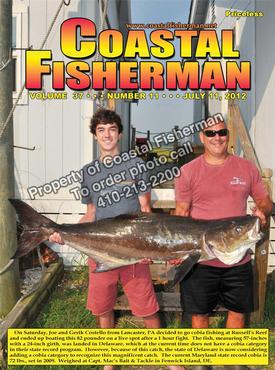


Article by Pat Schrawder
 IS SSB OBSOLETE?
IS SSB OBSOLETE?
Before I give you my opinion on that matter, let me first explain a little about what SSB is for those of you who are new to boating and may not have encountered the phrase. SSB stands for Single Side Band and it is another type of communications, much like your VHF radio.
Although the SSB and VHF have very similar functions in that they both allow you to communicate with other boats, the Coast Guard and bridge tenders, as well as get NOAA weather reports and make telephone calls via the marine operator, they work with different frequencies and have greater power. That results in their having the capability of transmitting and receiving over much longer distances. Except for marine operator calls, however, they can only communicate with other SSB radios and telephones. There is no need to go into the fine details of how they work other than to say that their frequency line up is such that they are aided by the layers of the ionosphere (atmosphere) to bounce signals over greater distances and, depending on the time of day, can reach 3,000 miles or more. The lower frequencies reach shorter distances whereas the higher frequencies reach the longer ranges. This is also accomplished by their greater power output.
SSB units have traditionally been used by larger vessels. This is due to the fact that they are more expensive, draw more current and take up more space on the boat. But that is not the reason they are becoming less popular these days. The reason for that is the development of newer forms of communication such as the cellular phone and satellite phone.
Marine operator assisted phone calls have always had some undesirable characteristics. They are relatively expensive to make and your conversation is not private. For someone to call you, they have to leave a message with the marine operator and the vessel can check in to see if the marine operator is “holding any calls” for their vessel. Nevertheless, in earlier times, SSB calls were a wonderful way to keep in contact when you were further offshore. In fact, they were your only way of keeping in contact with land.
Of course, we still have the VHF radio and it remains the mainstay of marine communications. With its DSC feature, you have that extra measure of safety being able to selectively call one or more vessels and send emergency distress signals with the simple push of a button. But today, through the advent of newer technology, we have some great additional choices. The cellular phone has become a wonderful way to keep in touch with land and to make private telephone calls from your boat. The problem with VHF is that its range is limited due to its frequency and lower power output. While atmospherics will affect the range, VHF is basically designed to be “line of sight”. To address the problem of short communication distances, many boaters have decided to invest in a satellite phone. The so-called sat-phones send their signals up to orbiting satellites where the signal is resent to the land-based station that processes the call just like any other landline call. Of course, these phones and their sister cell phones can only be used to communicate with land based phones. There might be an instance where one sat-phone or cell phone could place a telephone call to another boat by calling their cell or sat-phone, but those instances are few and far between. Unlike VHF where you can monitor a channel and listen for who is out on the water then try to call them by addressing their boat name or “vessel in the area of….” ,with cell and/or sat phones you have to know what boats have a cell or sat-phone on board and know their telephone number.
So we’ve come full circle and its time to answer the basic question of whether or not SSB has become obsolete. The direct answer is NO. SSB offers you the ability to communicate with other boats, the Coast Guard and landline over great distances. Some of them also have a HAM operator band that allows you to engage with other HAM operators on land. Since SSB is direct from SSB to SSB for much of its use, they will still work when satellites or cell towers are down. Once you have purchased the SSB, there is no on-going cost to communicate with other SSB units. Both cell and sat-phones involve a monthly charge. Monthly cell phone costs are generally less than satellite, but cell phone coverage is not available all the time depending on where you are and how far offshore you are.
That being said, there is no question that SSB is dwindling in use. Many vessels that travel very far offshore and/or cruise up and down the coast still depend on SSB and that is not expected to change in the near future. However, for the small to medium size craft and for the bulk of pleasure boats, SSB will not likely figure into their communications package. Bottom line, if you have one of those small to medium sized boats and you already have a SSB on board, definitely keep it. If you don’t have one, I wouldn’t put it on my list.
Pat and her husband, Larry are owners of L&L Marine Electronics on Golf Course Road in West Ocean City, MD.